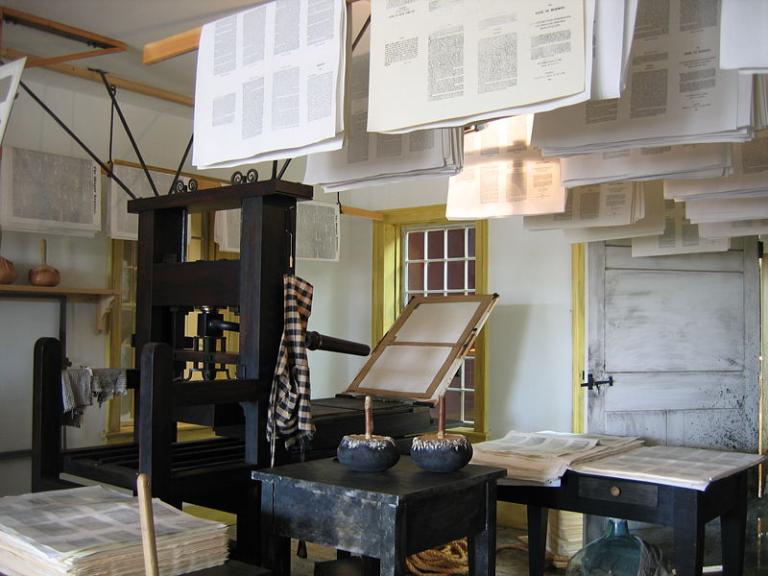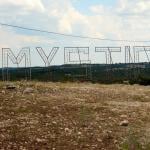
This article appeared at very nearly the end of 2018, and we’re closing in on the prospective date of its 2019 equivalent. Still, I thought that some might find it worth a quick read:
The item in the list that most caught my immediate interest was (7), entitled “Semitic abecedary found in Egypt.”
It tells of an inscribed piece of limestone that was discovered in 1995 in a tomb along the west bank of the Nile at Luxor — the west bank, on the side of the Nile toward the sunset, being the location of the Valley of the Kings, the Valley of the Queens, the great pharaonic mortuary temples, and the important ancient necropolises. Egyptologist Thomas Schneider of the University of British Columbia has now deciphered the letters and announced late in 2018 that inscribed piece of limestone is an abecedary and that reflects a very early version of the Semitic alphabet in ABC order.
How early? The excavated tomb dates back to 1450 B.C., the time commonly reckoned to be roughly that of Moses, according to the biblical chronology. It suggests that if “Moses wrote down everything the Lord had said” (Ex. 24:4), he wasn’t the only one writing in a Semitic script in Egypt at that time.
Why is this important? What difference does it make? Some skeptics have argued that Hebrew literacy was a late development, and that therefore, accordingly, the notion of Moses as writing most if not all of the Pentateuch must be abandoned as a later fantasy. So too, a few have suggested, the literacy of Lehi and his family, and even the existence of written scriptures during his life in Jerusalem, must be reckoned an anachronism.
This seems to be evidence of Semitic writing, and therefore Semitic reading, at a remarkably early period.
The short summary which I refer above is linked to a more detailed article that appeared in The Times of Israel:
Although this find dates to a time roughly 850 years before the opening of the Nephite portion of the Book of Mormon, which seems to speak at 1 Nephi 1:2 of a hybrid mingling of Semitic and Egyptian language and/or script, it may be relevant to the question of the authentic historicity of the Nephite record — and it’s striking that the find was made in Egypt.
Posted from Orlando, Florida











